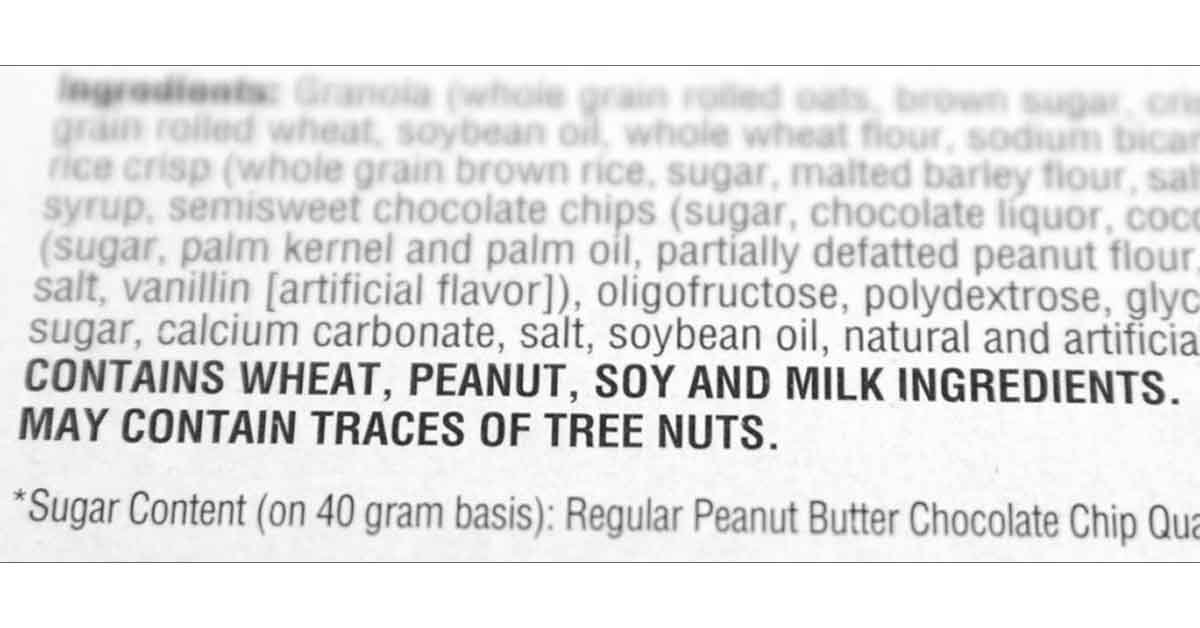The Institute for the Advancement of Food and Nutrition Sciences (IAFNS) is a non-profit organization concerned with public health. Earlier this week, they published a paper entitled “Trends in Food Allergy Research, Regulations and Patient Care” that provides an overview of food allergies, their impact on affected individuals and caregivers, regulatory activities, and current research efforts to improve allergen management and patient care.”
The introduction to the paper provides some context to the problem, namely that food allergies affect some to 32 million Americans, including approximately 6 million children, and that the Centers for Disease Control and Prevention reported that food allergies in children have clearly increased by 50% between 1997 and 2011.
The paper asserts that recent advances in science have made it possible to set safety thresholds for trace quantities of allergens much like the US Food and Drug Administration (FDA) set thresholds for the claim of “gluten-free” in 2014:
The rule specifies, among other criteria, that any foods that carry the label “gluten-free,” “no gluten,” “free of gluten,” or “without gluten” must contain less than 20 parts per million (ppm) of gluten. This level is the lowest that can be reliably detected in foods using scientifically validated analytical methods.
The National Celiac Association subsequently endorsed the threshold set by the FDA putting it in context with the science:
Consuming a diet at 20 parts per million (ppm) is considered safe for those with celiac disease because it should put most people below the 10 mg threshold when you add up all the foods eaten in a day.
One important point to remember about parts per million (ppm) is that it is a concentration, not an amount, so it depends on how much of the food is consumed. For instance, you would have to eat 17 slices of gluten-free bread that contains 20 ppm gluten in order to hit the 10 mg threshold. But for regular wheat flour that contains thousands of ppm gluten, you only need the size of a pen tip to hit the limit.
We wholeheartedly agree that precautionary allergen labeling should be regulated based on thresholds set by the FDA in accordance with research compiled over large patient studies by respected medical authorities.
To illustrate the need, we often refer to a case we documented where a manufacturer displayed a nut-free statement on packages of their pancake mix despite coconuts and almonds being processed in the same line. The company issued the following response to our query:
Thanks for writing! We do our best to keep our products as healthy and safe for all users, but they are processed in the same facility as products that contain tree nuts. We thoroughly clean and tent our machinery between processes, but as with any packaged food, we cannot guarantee that there will be no cross-contamination. As we never wish to be a source of stress for your family, we might steer you away from our products. We apologize for any inconvenience.
They subsequently removed the nut-free claim from their packaging after our inquiry.
We at SnackSafely.com understand first-hand the need for regulations that set thresholds for allowable allergen traces. We frequently turn away manufacturers that apply for our Manufacturer Partnership — a prerequisite for having their products listed in our Guides and Allergence screening service — because they cannot substantiate their claims of “allergy friendliness” after disclosing their manufacturing practices.
We endorse the position of the IAFNS but believe even more must be done to tighten FDA regulations regarding allergen labeling. Please read and sign our petition to Congress specifying other ways labeling must be strengthened for the benefit and safety of the allergic community.
- Trends In Food Allergy Research, Regulations And Patient Care — IAFNS
- Gluten and Food Labeling — US Food & Drug Administration
- Understanding gluten levels — National Celiac Association






